The exhibition 24 Arguments. Early Encounters in Romanian Neo-Avant-Garde 1969–1971 exquisitely curated by Alina Șerban and researched by Ștefania Ferchedău, the two founders of the Institute of the Present, is an argument in itself for a further discussion about a (non)existent relationship between two disparate histories – the immersive history of a great colonial power, such as that of the United Kingdom and a less immersive one, but imbued with curious contrasts and an odd, irregular structure as that of Romania. And what can be precisely discussed are the encounters and the clashes between the two cultures (histories) and what followed after.
The curatorial discourse, which first of all portrays a re-enacted, a reviving and rejuvenating route, draws a map of the hazardous events transformed into a monolith that influenced the writing process of an ongoing history. This academic discourse, artistic and exegetical in its own right, greatly impacting spectators and encompassing an architectonic and chromatic gain, valuable for the artworks themselves and the links between them, challenges the way in which the history of postwar Romanian art is written and perceived with already established notions, such as repression and freedom, socialism and capitalism, or tradition and experiment. This paradoxical, but reiterative and weary terminology creates two “opposing” worlds – those who remained, bound to their country, who succumbed to compromises as an act of surviving, and those who fled the country and became symbols of diaspora’s freedom, icons for the hope of those who stayed behind – was harmonized through this exhibition. Experiencing it is a complex exercise of re-enacting and investigating, of memory and imagination.
At once, you are faced with fifteen artistic parallel universes, all very different, dissonant even, from one another. Raised on the pedestal of recent history due to the organizers’ tremendous efforts to retrieve and display them at international standards, the artworks enhance the historic truth, due to the delightful and careful re-contextualization, with consideration for the public and aimed towards building a referential curatorial portfolio. The three years between 1969 and 1971 constitute a unique moment in the history of Romanian communism, that of merging experiences with the West, which quickly faded away after The Ceaușescu July Theses (1971). Art and its actors are involuntary witnesses and the neo-avant-garde representatives and manifestations have constituted one of the most explored subject matter for contemporary researchers of the last three decades. The main figures, Bernea and Neagu, were joined by new artists, both obscure and also known, such as Diet Sayler, Șerban Epure, Peter și Ritzi Jacobi, Pavel Ilie, Radu Dragomirescu etc.
As a type of cultural policy, Alina Șerban’s exhibition compels me to compare it with another one, titled From Moore to Hirst. 60 years of British Sculpture, which took place in 2005 at the Romanian National Art Museum, with the support of The British Council. At a symbolic level, we have a shooting range of tangled moments from art history, but the shots fired come from unequal geopolitical positions. Although that exhibition covered sixty years (of avant-garde) while the current one only tackles three, the weight and diversity of the discourses can be compared at the level of discursive and spatial approach, and the common element of the two exhibitions is Paul Neagu, one of the few, if not the only relevant Romanian artist who has been officially recognized in the Anglo-Saxon space.
I am trying to picture the exhibition Romanian Art Today at the Art Fest in Edinburgh, which took place forty-nine years ago (in 1971), within the pretentious and distant Anglo-Saxon kingdom, the land of Rob Roy, Robert Burns, David Hume and Arthur Conan Doyle, who remain unknown to most people, as compared to the Queen, The Beatles and The Rolling Stones.
Edinburgh represented a great chance for Romanian art and this is evident nowadays. Taking part in a festival that was seen as “a break from the norm”, especially in the times of Woodstock and Isle of Wight, which are acknowledged as anti-cultural phenomena in conservative communities, has transformed Romanian artists into heroes half a century later. Paul Neagu on stilts is at least as astonishing as when he conceived the Cake Man performance. The Pop Art influences in the graphic works of Radu Dragomirescu or Radu Stoica match the conceptual pursuits of Diet Sayler or Ilie Pavel, same as the Jacobi couple’s intellectualized primitivism in the way they work with materials. The (radical) geometries’ formalism and interactions experimented by Șerban Epure and Ion Bitzan mark the map of abstract geometry, the very same map outlined by Imi Knoebel or Lygia Pape on different continents, at different moments.
The 24 Arguments exhibition, whose title is inspired by Paul Neagu’s poem (1984), is male dominated, with the exception of Ritzi Jacobi, who is presented alongside her partner, Peter, and choreographer Miriam Răducanu, whose contribution in the exhibition is performed by Mădălina Dan and consists of various acts, played out throughout the exhibition. When no performance takes place, a black pedestal is exhibited as a testimony, a subtle but also compelling hint at absence.
The exhibition 24 Arguments. Early Encounters in Romanian Neo-Avant-Garde 1969–1971 took place at the The National Art Museum of Romania, Bucharest during 7.11.2019-2.02.2020
Artists: Horia Bernea, Ion Bitzan, Liviu Ciulei, Radu Dragomirescu, Șerban Epure, Pavel Ilie, Paul Neagu, Diet Sayler, Ritzi Jacobi, Peter Jacobi, Ovidiu Maitec, Miriam Răducanu, Grupul Sigma, Radu Stoica, Vladimir Șetran
Curator: Alina Șerban
POSTED BY
Simona Vilău
Simona Vilău (b. 1983) is an artist and curator based in Bucharest. In 2011, she was the curator of LC Foundation Contemporary Art Centre in Bucharest and started as a member of Spațiul Platforma�...
simonavilau.wordpress.com

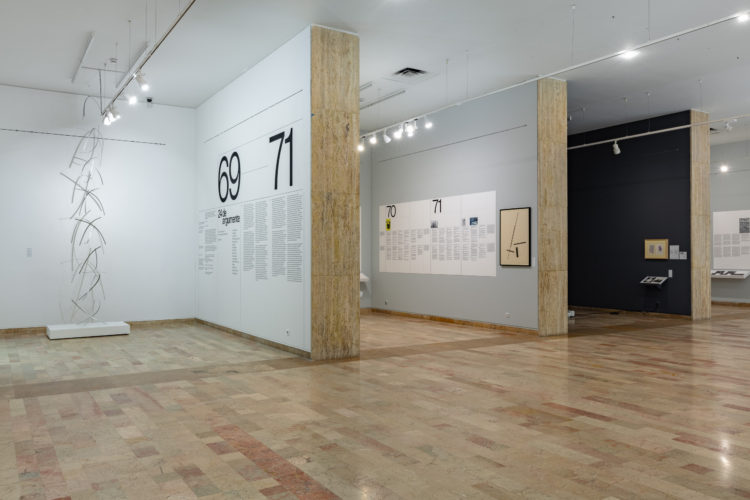
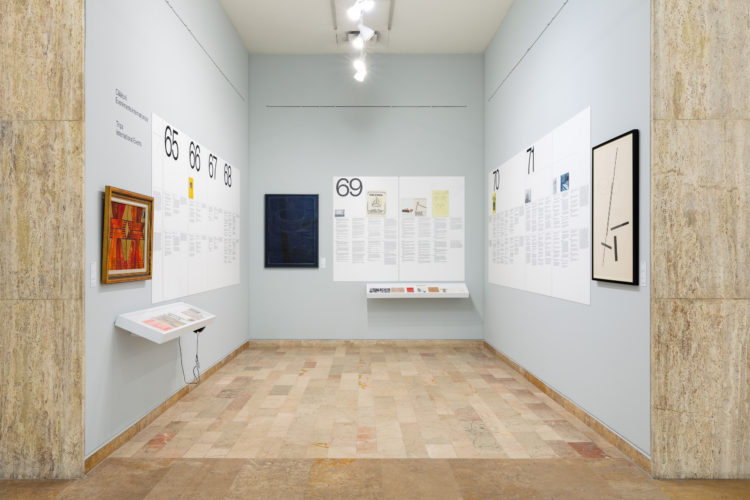
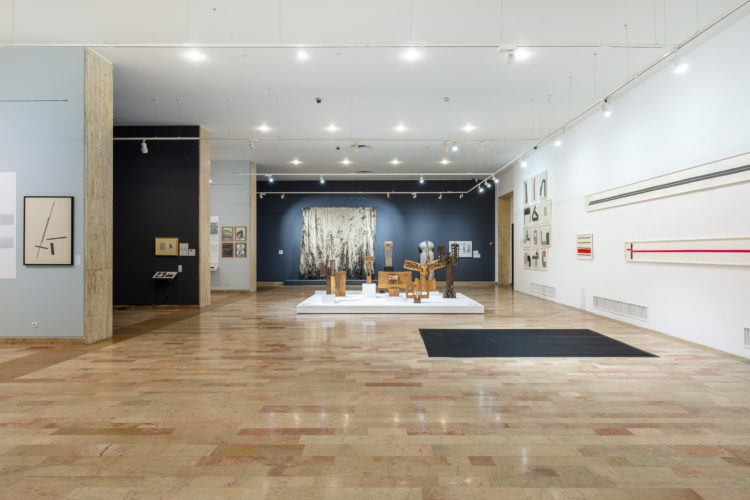
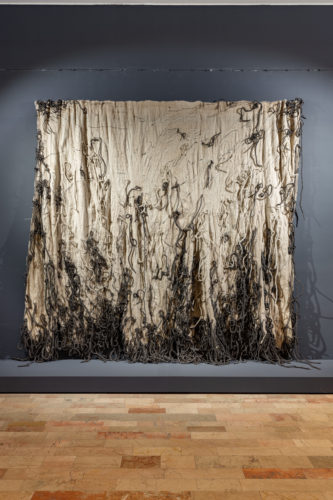
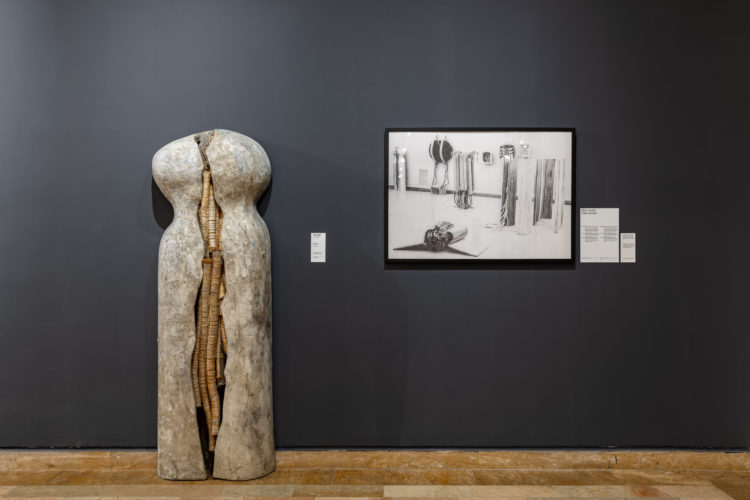
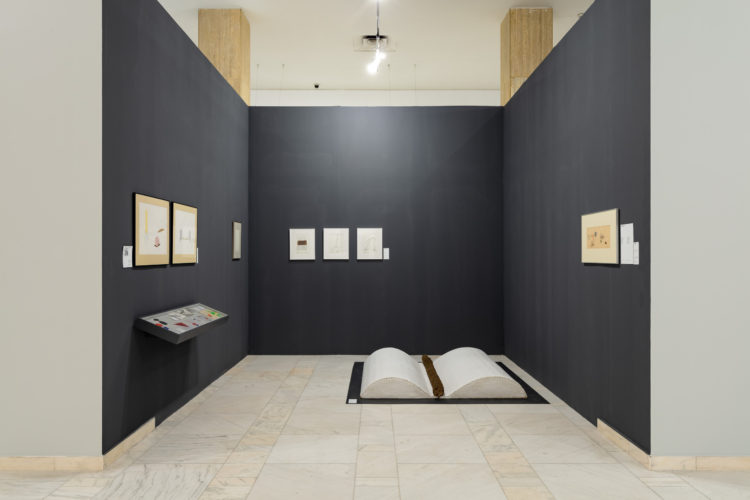
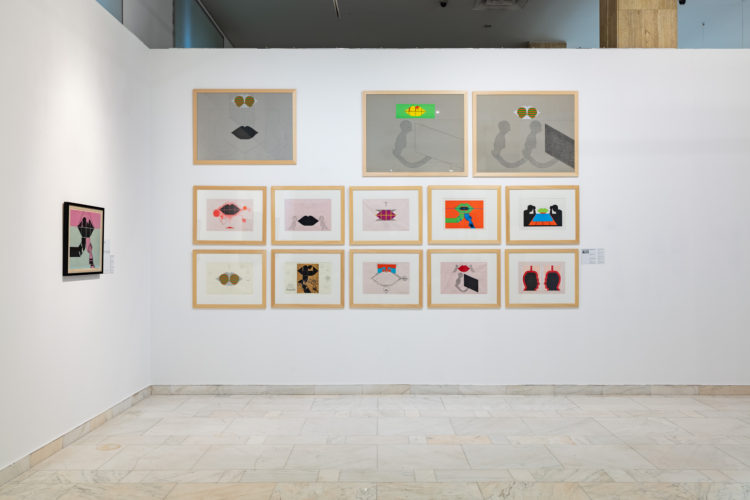
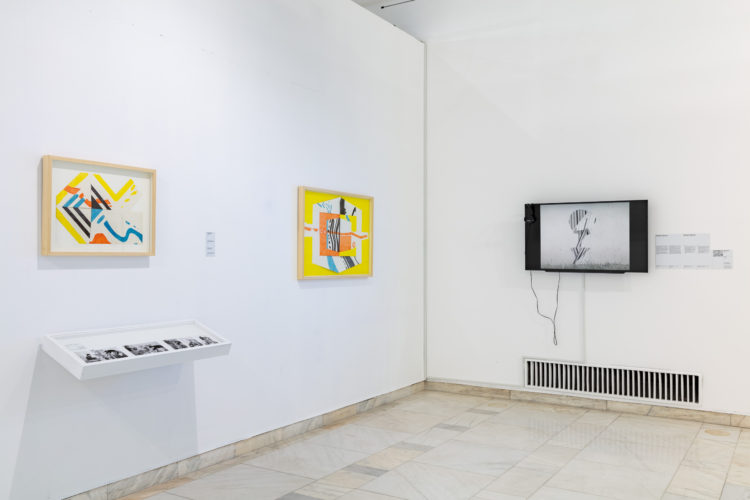
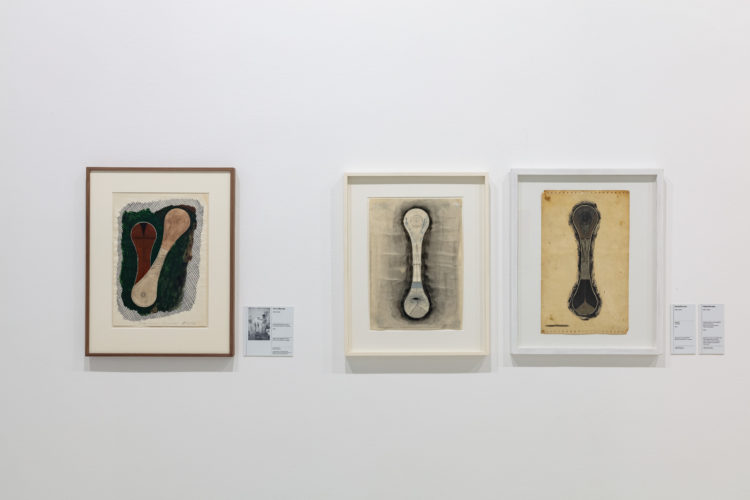
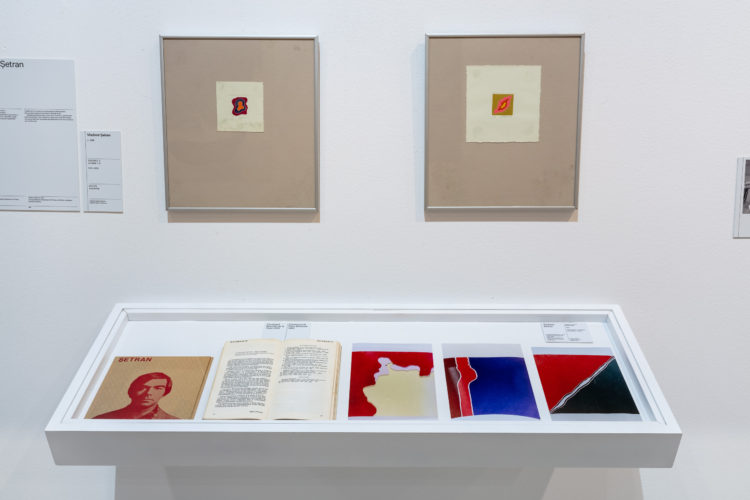
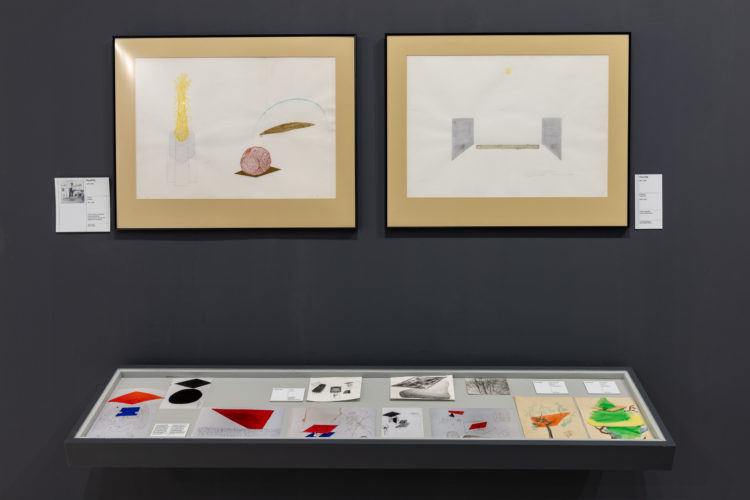
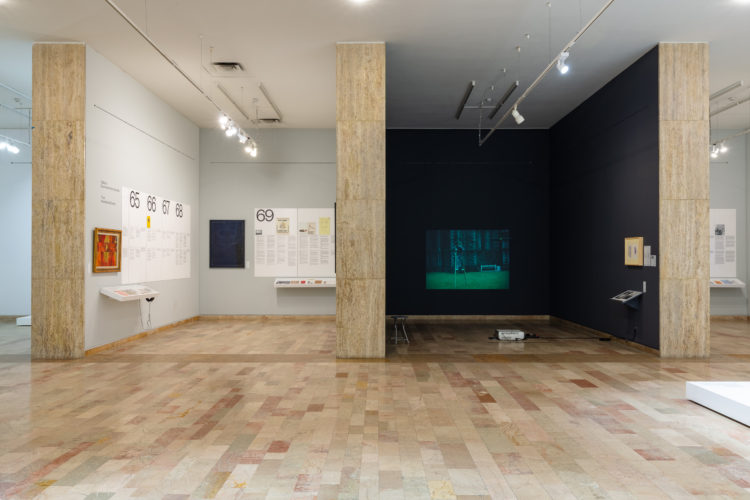
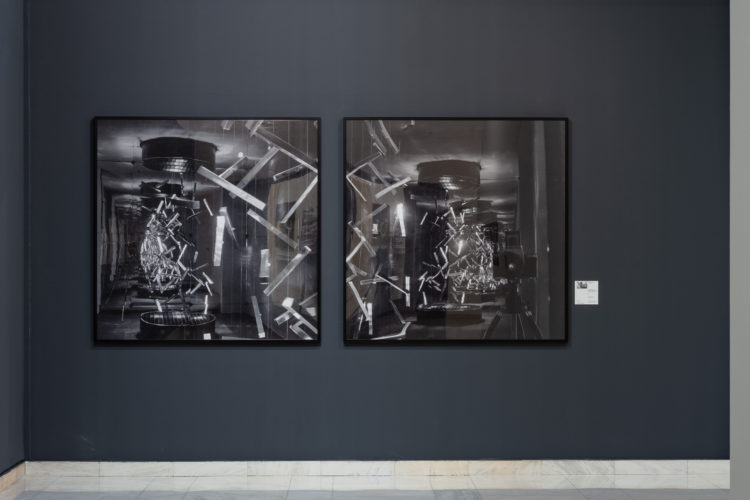
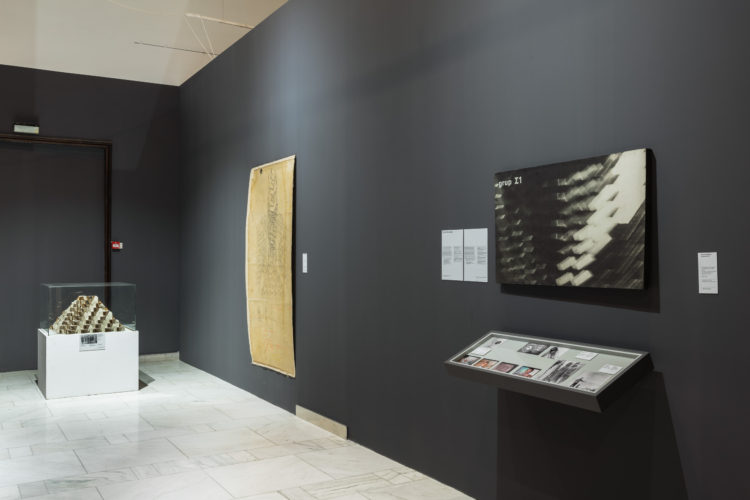
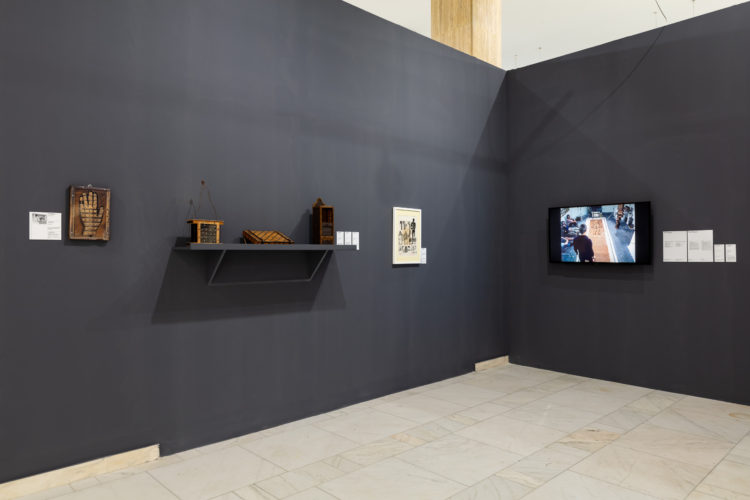
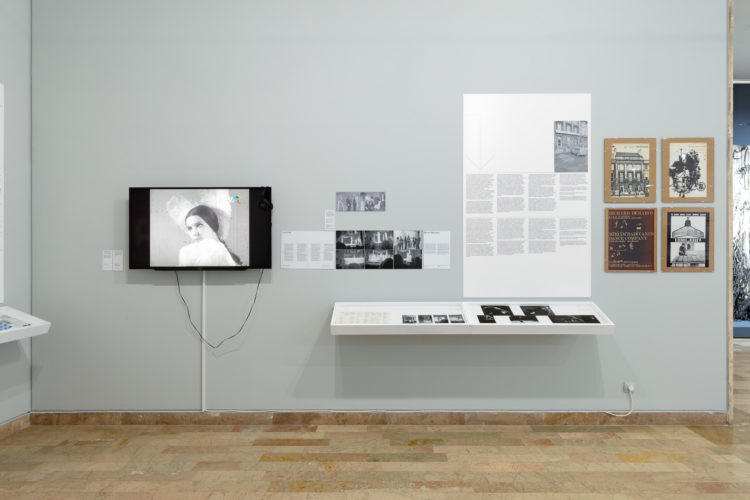
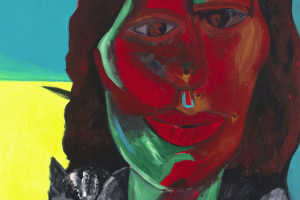
Comments are closed here.